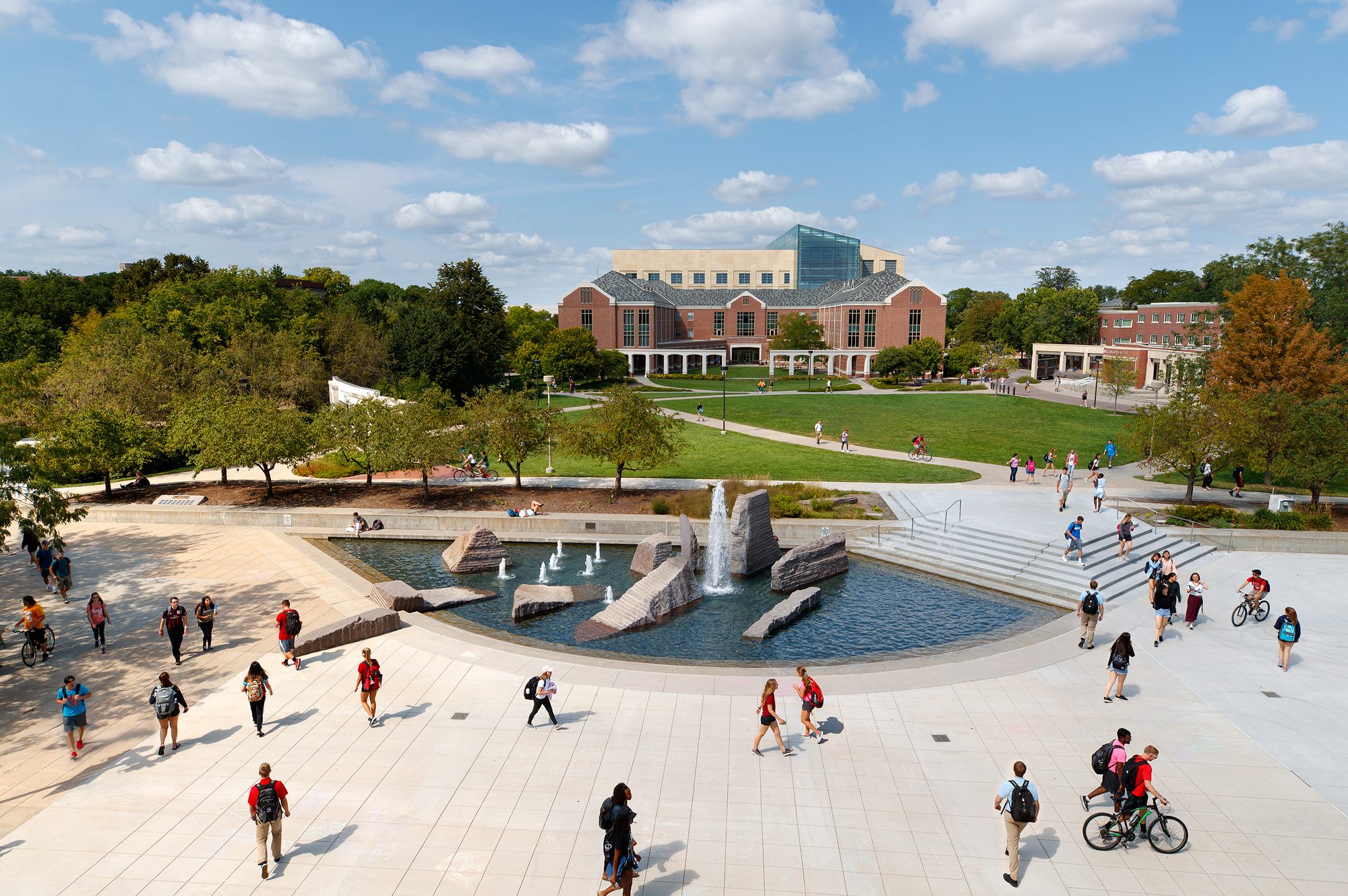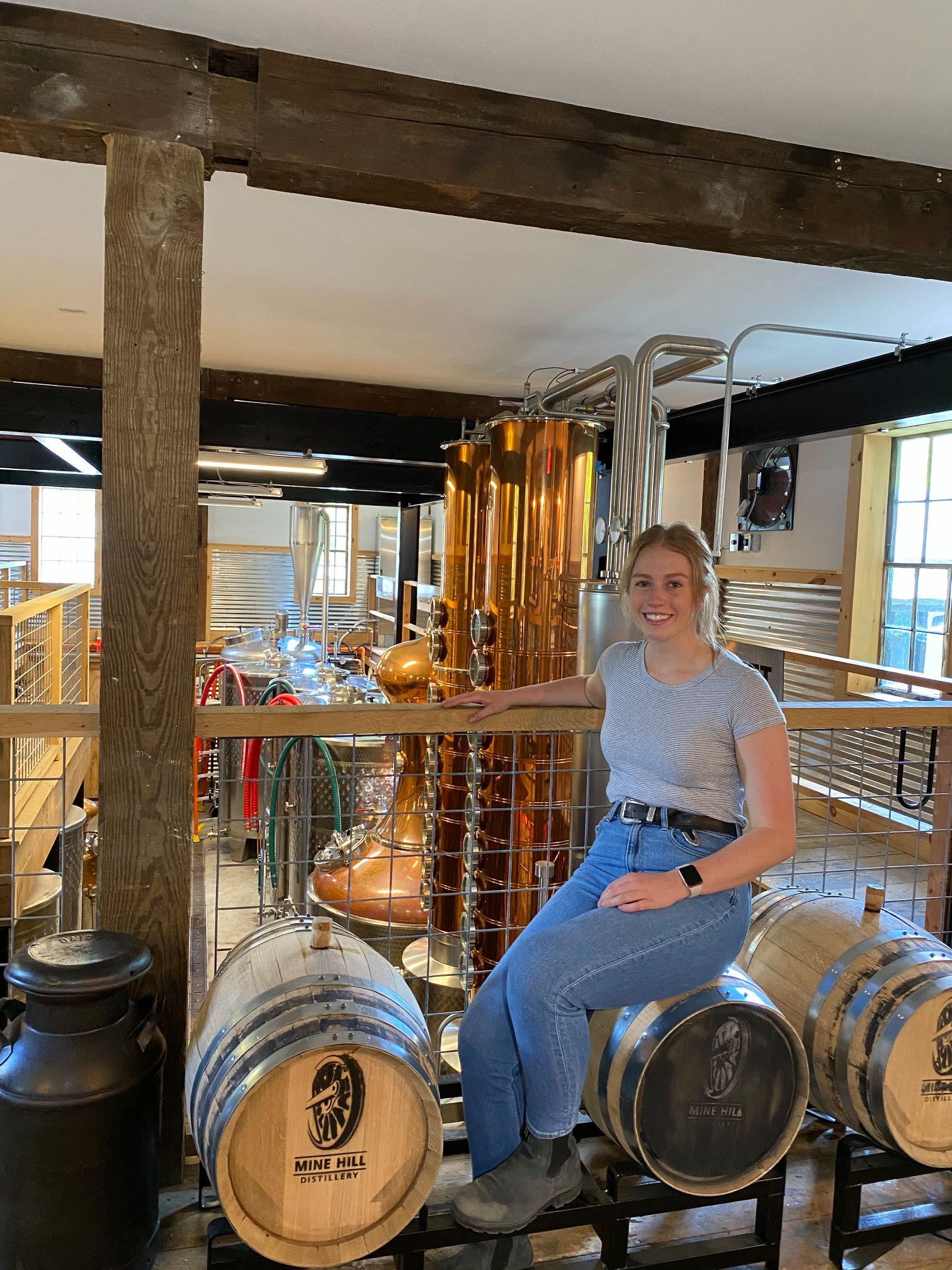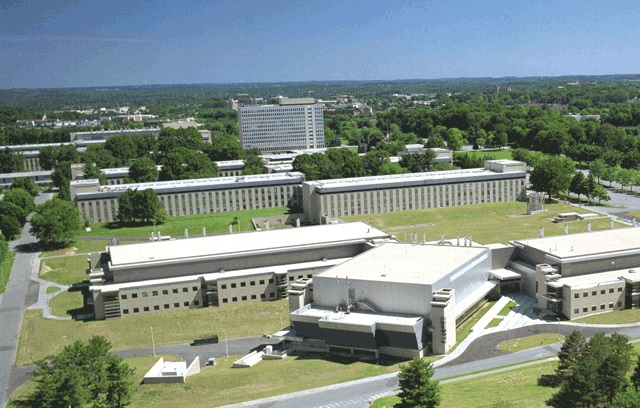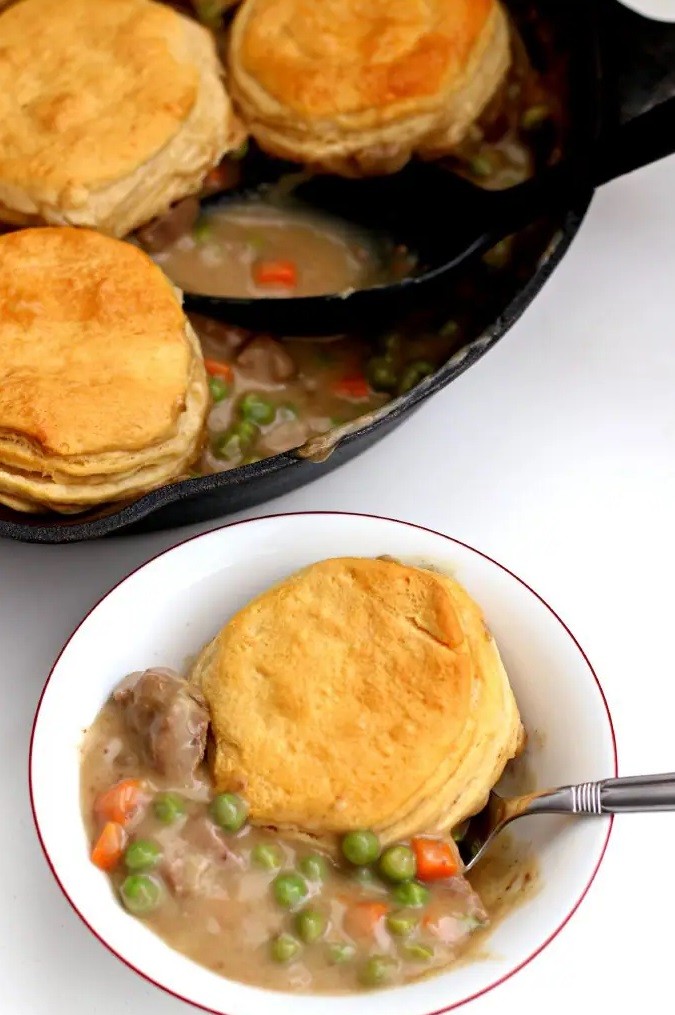Cooking on a Budget: Learn how to make a flavourful dish for less than £1.70
Food Standards Agency UK: Meat and slaughter
Welcome back to a new academic year! 🤗
We’re thrilled to see staff and students back on campus and ready for another exciting term. Who’s ready to get started? ✨ pic.twitter.com/cvf9TQhYU8
— University of Southampton (@unisouthampton) September 30, 2024






















